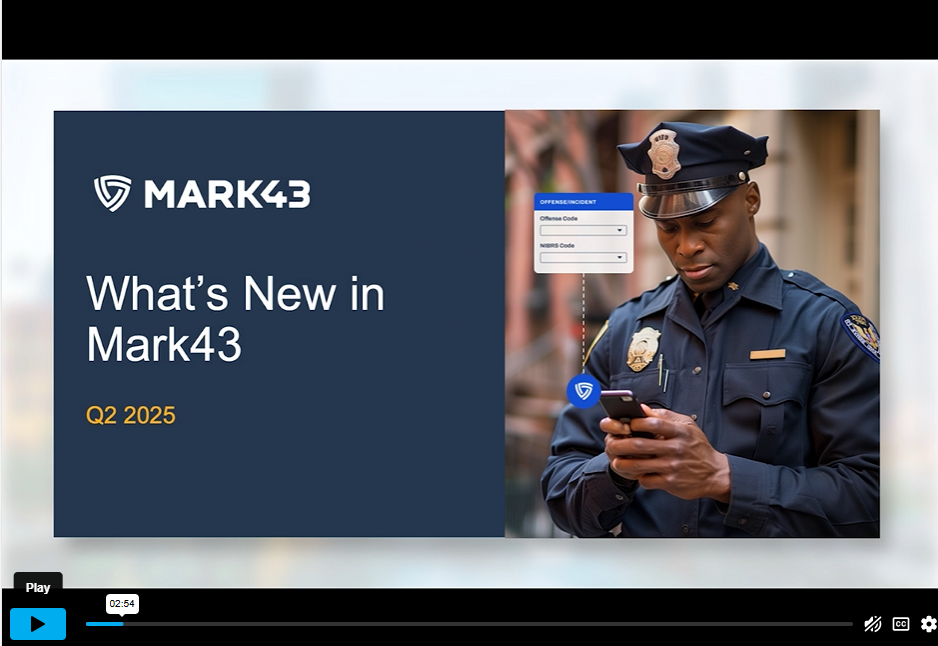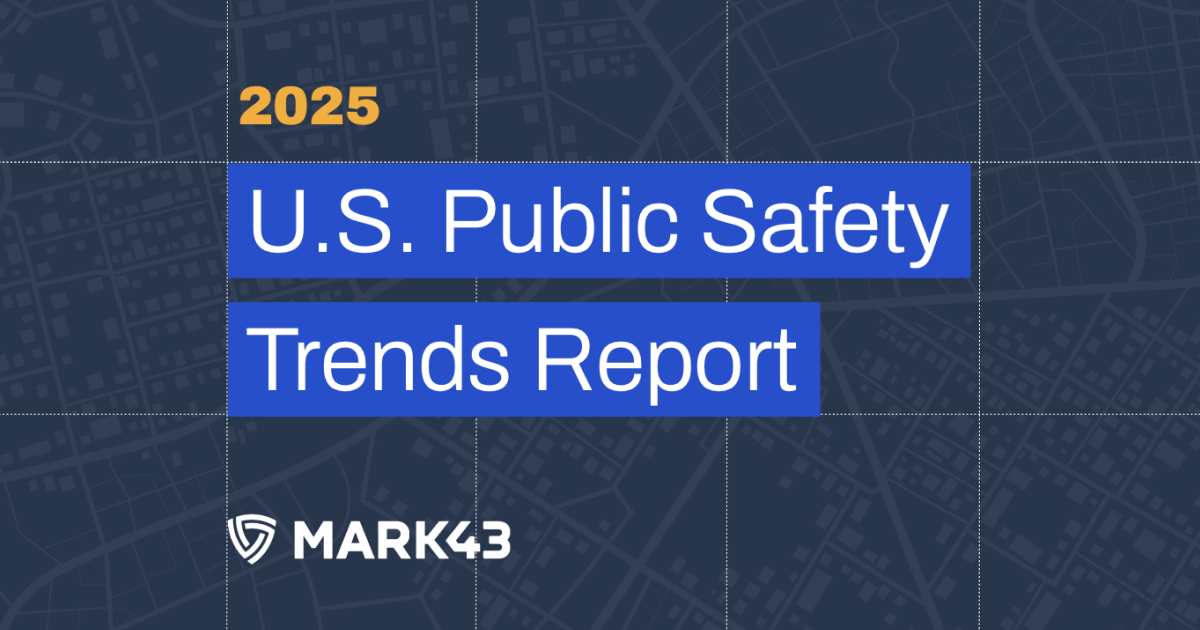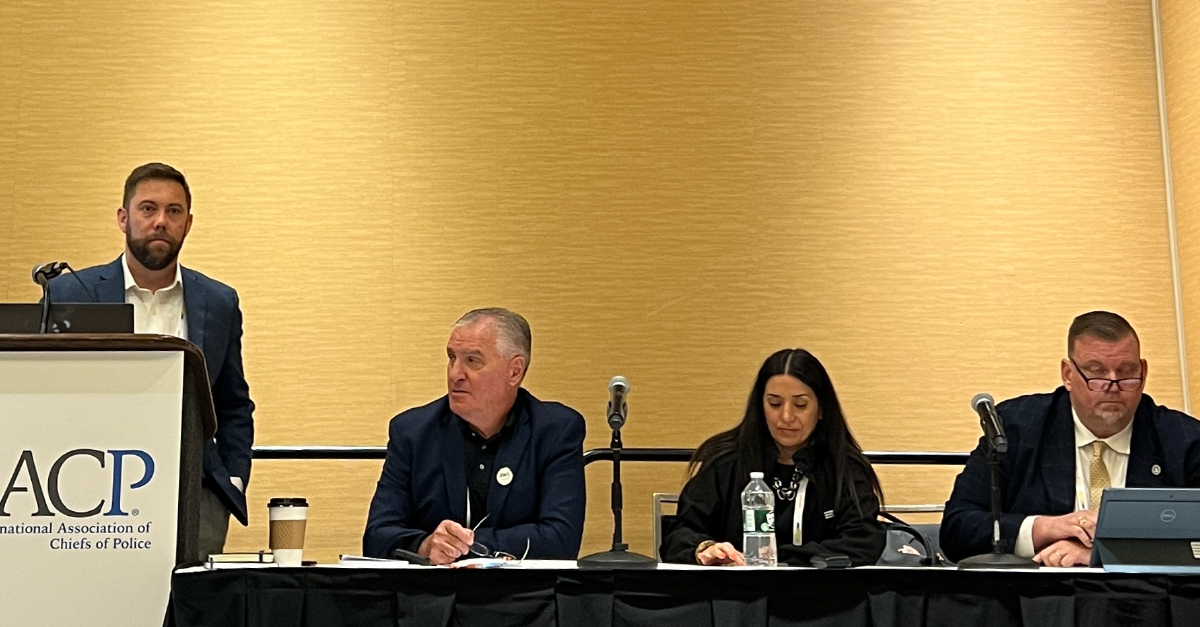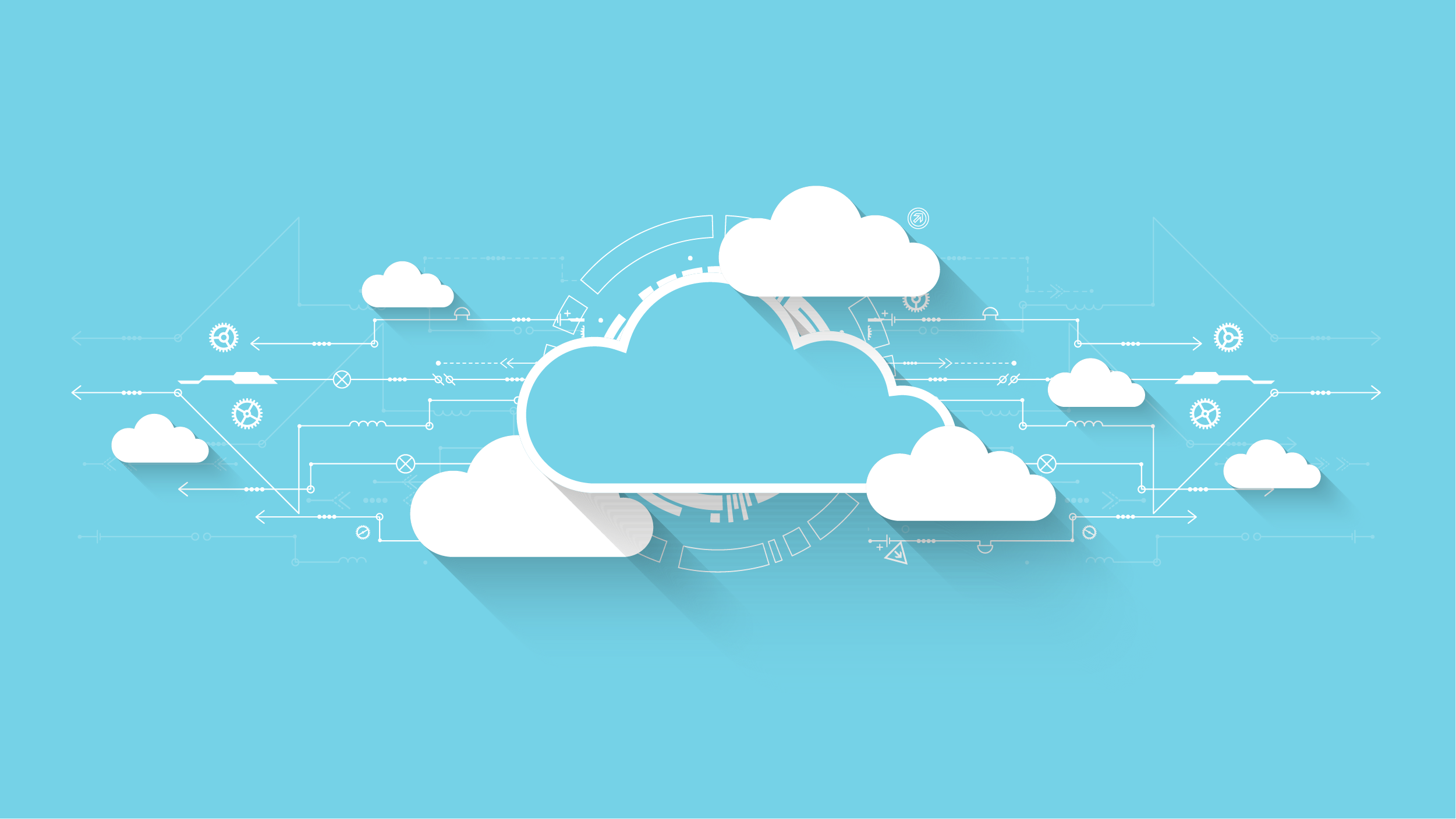
When moving mission-critical systems to the cloud, an agency can choose to leverage a cloud-native solution or a rehosted solution.
Cloud-native software is built for use exclusively in the cloud and leverages a cloud provider’s core, unique capabilities, like continuous delivery (discussed below), improved disaster recovery, and auto-scaling computing resources. Rehosted software is the cloud-hosted version of an on-premise application. These applications leverage few inherent features of the cloud and are still bound by limitations of on-premise software development. This setup is often referred to as a “lift and shift” because the application does not materially change, save for existing in a new hosting environment.
Cloud-native solutions offer several benefits over rehosted solutions, including:
Continuous Delivery
Continuous delivery is a collaborative approach to software development that allows teams to reliably release at any time. It’s one of the key differences between cloud-native and rehosted applications.
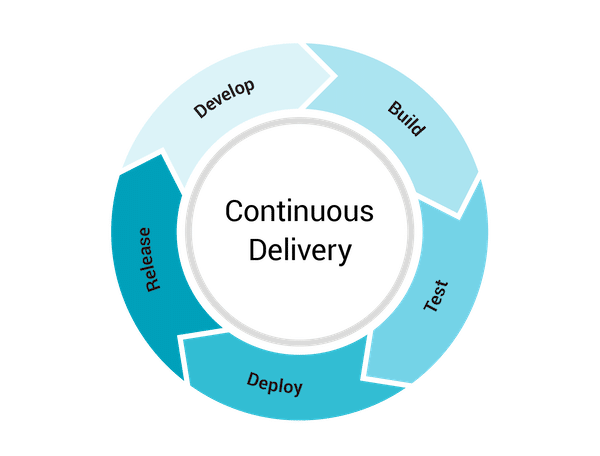
Rather than focusing on delivering a single feature or enhancement, development teams focus on keeping software deployable at all times while asynchronously building new features and upgrades, increasing application quality, and reducing the deployment risk of cloud-native applications.
Continuous delivery also allows Mark43 customers to provide feedback more frequently and for Mark43 to more consistently integrate customer feedback into every part of the Mark43 platform. Thanks to continuous delivery, Mark43 is not constrained by predetermined bug-fix and deployment windows, and fixes can instead be deployed in real-time to meet the mission-critical needs of the customer.
Regular Updates
Because cloud-native solutions are deployable throughout the entire software development lifecycle and cloud providers offer 24/7/365 accessibility, application updates can be released as soon as they are ready.
Unlike on-premise and rehosted applications, cloud-native software is regularly refreshed without requiring downtime. Additionally, all customers receive the benefits of new features and upgrades at the same time. That’s why anytime Mark43 makes an enhancement to the codebase of our public safety platform, all of our customers immediately receive access to the benefit and can turn the feature on when they are ready.
That’s right. An investment made in the Mark43 platform for seemingly one customer is an investment for all.
Predictable Costs
Government budgets are often inflexible and constrained. The cloud requires low capital expenditure (CapEx) costs and instead leverages predictable, recurring subscription costs, allowing public safety agencies to strategically plan and deploy their limited resources. Conversely, rehosted solutions require high upfront, unpredictable investment (physical servers, installation, and configuration).
Two cloud applications may appear to be similar, but can leverage cloud benefits differently (or not at all!). Cloud-native products allow public safety agencies to unlock the unprecedented speed, agility, resilience, and security powered by cloud technologies. “Lifted and shifted” applications repeat the mistakes of on-premise technology without making real use of the cloud’s potential.
Learn more about our cloud-native, computer-aided dispatch (CAD), records management system (RMS), and analytics solutions for public safety agencies.



